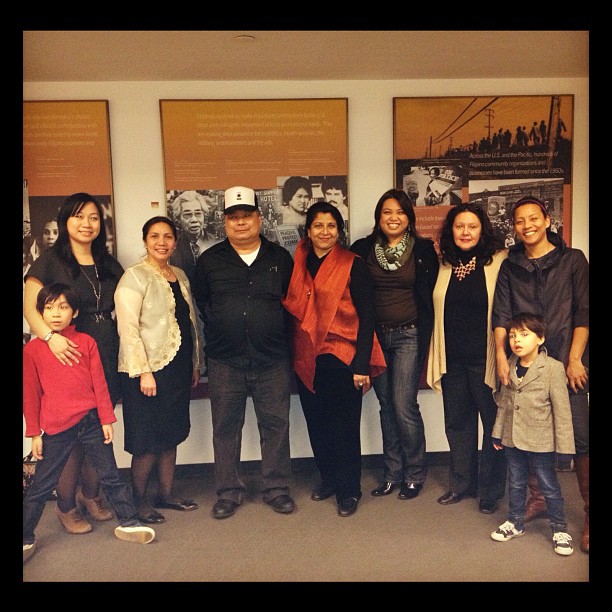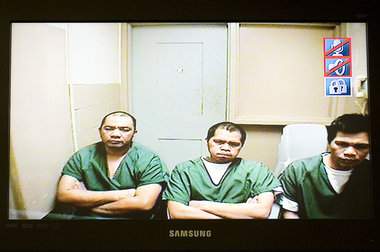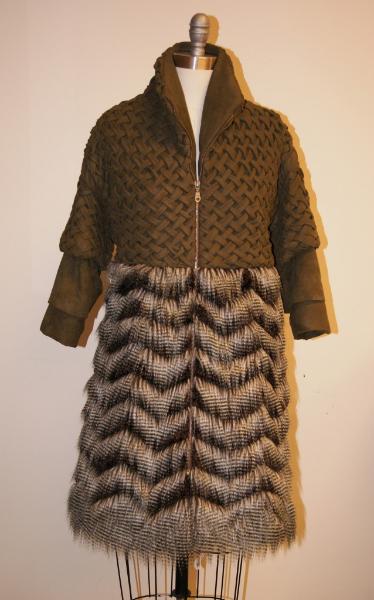The mountain magic of Turkey’s Sumela Monastery
By Wendell Gaa
I, together with colleagues from the Philippine Embassy in Ankara, recently traveled to the northern Turkish Black Sea region, where we discovered the best of Turkiye’s natural attractions right near the city of Trabzon.
Less than a couple of hours drive south of Trabzon was where we saw with our very own eyes how nature and history in Türkiye truly live side-by-side in the form of the captivating Sumela Monastery, a former Greek Orthodox monastery and now a public museum, which is perched high up along a cliffside in the idyllic Pontic Mountains. Reaching the monastery can be quite an adventure unto itself. After a scenic drive from Trabzon to the mountain range where we saw some of the most blissful greenery which I have ever seen anywhere in the country, we arrived at the visitor’s entrance gate where we all had to board yet another shuttle which would take us all the way near the actual entrance to the monastery complex.
After 15 minutes or so of riding up a mountain road where we could further enjoy views of the valley and forests surrounding us, we reached the elevated entrance staircases which would lead us directly to the Sumela Monastery. I soon learned that there would be a few other series of staircases to walk through and mind you, one has to be in good health and in adequate walking condition in order to endure these stairs (and I for one would definitely not recommend coming here during the winter season when steps may be slippery and walking treacherous), but the end journey is worth it as we found out for ourselves.
Our expert professional Turkish tour guide Mehmet Özyavuz, who coincidentally happens to be the brother of our guide Taha Özyavuz who had led us through the southern Turkish city of Şanlıurfa last year, explained to us the history and layout of the monastery. This place of worship was founded in the 4th century by two Greek monks, Barnabas and Sophronius, who were said to be compelled to go to this specific mountainside cliff spot after they saw a vision of an icon of a “black” image of the Virgin Mary, purportedly painted by St. Luke. Upon their deaths, the Sumela Monastery became a pilgrimage site for devout Christians. It was adorned with frescoes and among its prized items were silver plates and manuscripts.
Throughout the past centuries, the monastery had been renovated for preservation purposes, and the majority of the convent ruins which we saw before us are remnants of its 19th-century appearance.
We took our time looking around the ruins complex and stared in amazement at some of the painted religious frescoes on the walls which appeared in relatively good condition despite having withered away in paint due to the passage of time and the natural elements.
It was astonishing to see how the places of worship and convent living quarter cells used by the monks could have even been so well carved and built along the mountain cliffside here when considering the extremely difficult physical conditions faced by the very people responsible for the establishment of this monastery, including the risks of rainstorms and landslides.
Notwithstanding such challenges, this historic construction was indeed a marvel and I could perfectly understand how the monks residing here could have selected such a perfect site for prayer and meditation while literally living amidst the spectacular beauty of mountain nature.













